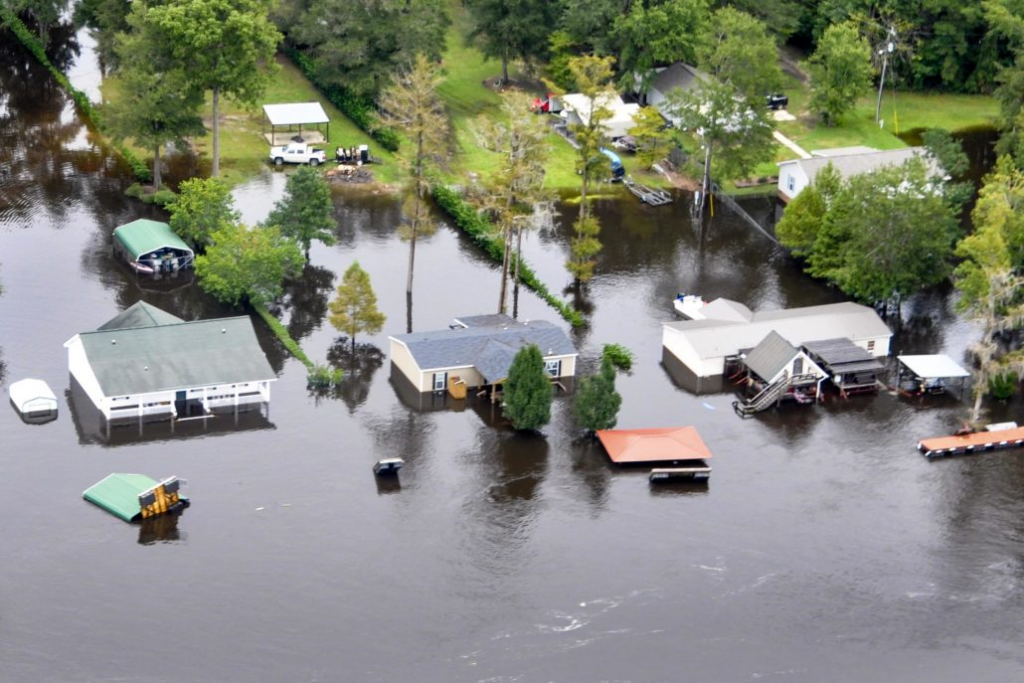
Global natural disaster events to the end of Q3 2022 caused total economic losses estimated at minimally USD 227 billion – of which USD 99 billion were covered by public and private insurers – representing a protection gap of 56%, the Aon Global Catastrophe Recap report shows.
Published by Impact Forecasting, Aon’s catastrophe model development team, the report evaluates the impact of natural disaster events that occurred worldwide in the first nine months of the year.
The United States accounted for the highest percentage of the economic losses (USD 114 billion), followed by APAC (USD 56 billion) and EMEA (USD 42 billion). Economic losses in the U.S. and EMEA were above average, while APAC saw below-average losses.
Michal Loerinc, head of catastrophe insight in Aon’s Impact Forecasting team, said: “It is anticipated that there will be robust loss development across many of the reported natural catastrophes, especially with the realization of costs associated with recent tropical cyclone development worldwide. Recurring La Nina conditions and the remainder of tropical cyclone seasons can potentially trigger impactful events through the rest of the year, with additional costs arising from inflationary pressure. Secondary perils can similarly push the overall insured losses for 2022 well beyond USD 100 billion.”
While the overall economic loss total was near the 21st century average, aggregated insurance losses were set to notably exceed averages since both 2000 and 2012 and approach the average of the past five years.
These comparisons are highly dependent on the financial outcome of the impact of Hurricane Ian, which made landfall in the United States at the end of September. While initial estimates suggest that total losses from Ian will likely run into the tens of billions (USD), it is expected that the final numbers will not be settled for months to come. This type of loss development is standard and expected in the aftermath of larger scale events.
Secondary perils such as severe convective storm and flooding dominated losses in the first half of the year, while losses from primary perils accelerated in the third quarter due to tropical cyclone activity in the Atlantic and Western Pacific, with Hurricane Ian anticipated to be the costliest singular weather event for the year, and potentially one of the costliest insured loss events on record globally.
Extreme heatwaves and drought conditions gripped large parts of Europe and China during the first half of Q3, with both regions experiencing extended summers. The last month of Q3 was characterized by intense tropical cyclones, with Hurricane Ian and Fiona in the Atlantic basin, and Super Typhoon Noru and Nanmadol in the Western Pacific.




